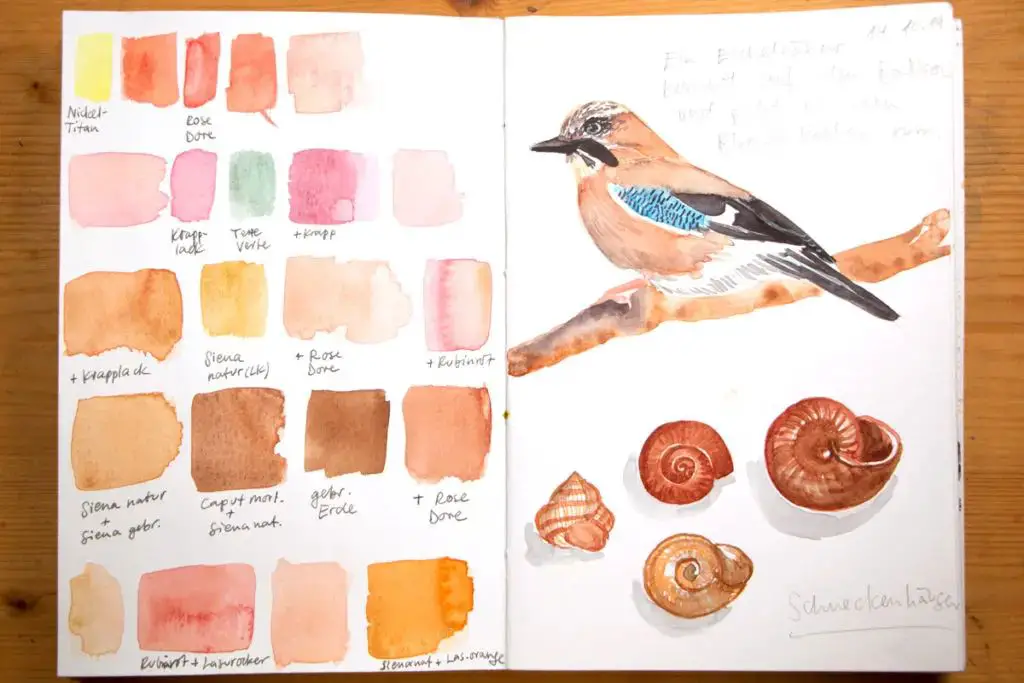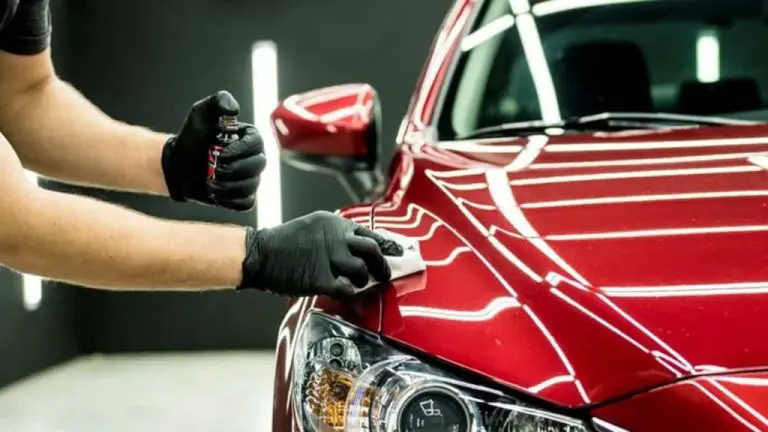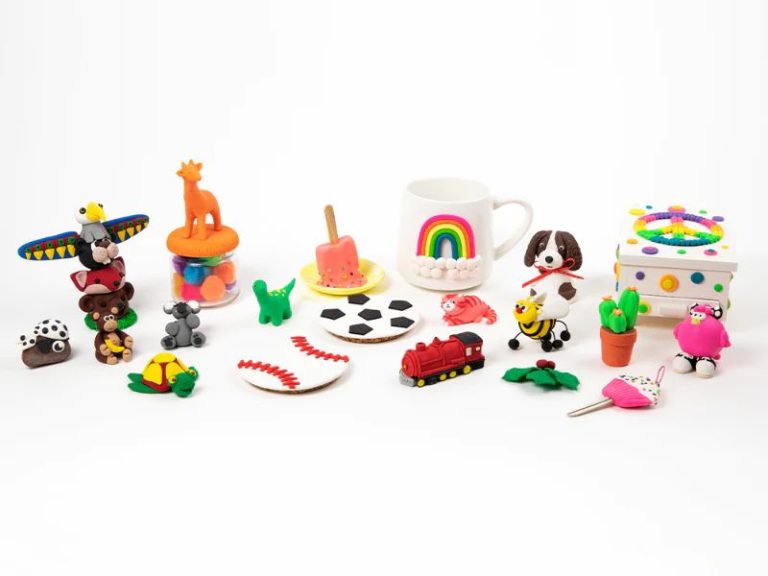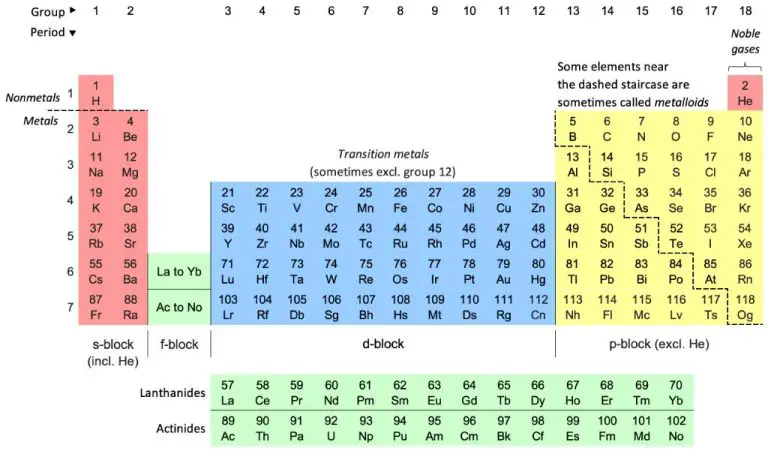Can You Mix Mayco Stroke And Coat Colors?
Mayco is a leading manufacturer of ceramic paints, glazes, and other ceramic art supplies. They produce two main types of paint – Stroke and Coat:
- Stroke paints have a thicker, heavier body that allows artists to create textured brush strokes and lines.
- Coat paints have a thinner, smoother consistency for covering surfaces evenly.
Both provide vibrant colors and can be used on bisqueware, earthenware, stoneware, and porcelain. While the two paint types are designed for different purposes, creative ceramic artists often wonder if they can be combined.
Can You Mix the Two Paint Types?
Mayco’s Stroke and Coat are both high-quality ceramic paints, but they have some key differences that affect how they can be used together.
Stroke paints are highly pigmented and have a thick, viscous consistency designed for painting fine details and textures on bisqueware. They have a buttery texture that holds brushstrokes. Stroke paints are opaque and provide good coverage. Popular colors include Blues, Purples, and Greens (https://www.maycocolors.com/color/fired/stroke-coat/).
Coat paints have a thinner, more liquid consistency for ease of application over large areas. They have a satin matte finish and semi-opaque coverage. Coat paints work well for solid color washes or blending effects. Reds, Oranges, Yellows, Browns, and Neutrals are commonly used colors.
While both are high-quality porcelain paints, the different viscosities mean Stroke and Coat don’t always mix well. Blending them takes some trial and error to achieve the right consistency and appearance.
Reasons to Mix
There are a few key reasons you may want to mix Mayco Stroke & Coat and Crystal glazes together:
Creative effects – By mixing the two types of glazes, you can achieve unique visual effects that you can’t get from using just one type alone. The Stroke & Coat provides intense, opaque colors, while the Crystal glazes add shiny, translucent effects with crystals. Combining them allows you to layer colors and textures in creative ways.
According to Mayco, Stroke & Coat glazes are highly pigmented and can be used to create life-like portraits, landscapes, and designs using shading and blending techniques. Mixing in Crystals can add visually striking accents. The crystals provide a sparkling effect that stands out against the solid Stroke & Coat colors.
Custom colors – Blending Stroke & Coat with Crystal glazes also allows you to create custom colors that you can’t buy pre-mixed. By experimenting with mixing ratios, you can achieve unique hues, saturations, and effects. This gives you endless options for personalizing projects.
For example, you may mix a small amount of a bright Crystals glaze into a neutral Stroke & Coat to make it pop. Or blend complementary colors to create rich secondary and tertiary hues. The mixing possibilities are endless for those who want to move beyond basic pre-mixed glazes.
Challenges of Mixing
While it is possible to mix Mayco Stroke and Coat colors, there are some challenges to be aware of due to the different properties of the two paint types:
Stroke and Coat have different viscosities, with Stroke being thicker in consistency. This means mixing the two can result in an uneven, streaky effect.1 Careful mixing and testing on a tile is recommended to check the results.
Another consideration is the different drying times. Stroke dries faster than Coat.2 When mixing the two, the Stroke may start to dry before the Coat has had time to blend properly.
Firing temperature is also a factor. While both can be fired to cone 06, Stroke can also be fired to cone 04 or 02. Firing mixed Stroke and Coat paints higher than cone 06 may cause issues.
Testing is key to ensure the mixture produces the intended result and there are no cracking or other issues once fired. Start with a small test batch before mixing larger amounts.
Tips for Successful Mixing

When mixing Mayco Stroke and Coat colors, the ideal ratio is approximately 60% Stroke to 40% Coat. This allows the colors to complement each other while still retaining their individual properties after firing (1). Start by putting a small amount of each color on your palette – a pea-sized drop of each is a good starting point. Use a palette knife or brush handle to blend the two together thoroughly. The more you mix and stir, the more the colors will become one unified glaze.
It’s always a good idea to test any mixed glaze on a spare tile before applying it to your artwork. Test tiles let you experiment with different mixing ratios, and see the final results after firing. Make a few test tiles with varying levels of each glaze so you can find your own perfect blend. Pay attention to how the mixed glaze moves and handles – a good combo should have a smooth, creamy texture post-blending. Test tiles also show you how the colors interact, revealing any potential cracking or weird chemical reactions between paints.
Lastly, remember that a little mixing goes a long way with Stroke and Coat. You only need a small amount of blended glaze to cover a decent area. Mix more as needed in small batches. Too much glaze can lead to dripping or thick application. Proper blending and test tiles set you up for mixing success!
Recommended Mixing Techniques
There are several techniques you can use to successfully mix Mayco Stroke & Coat paints:
Dip
One simple technique is to dip your bisqueware piece directly into the Stroke color, then allow it to dry before dipping into or brushing on the Coat color. According to the Stroke and Coat Application Guide, dipping gives you bold, graphic effects. Allow each layer to dry between coats.
Brushstroke
Using a brush to apply the paints allows for more control and precision. Try making bold, expressive brushstrokes with the Stroke color and allow to dry fully before going over it with a brushstroke of the Coat color. You can also use different sized brushes and techniques to create variations in line and texture.
Pour
For abstract effects, try pouring the Stroke color directly onto your bisqueware piece and tilting the surface to spread it around. Let it dry fully before pouring the Coat color over the top. The Mayco website recommends working over a gridded surface and pouring from the center outwards for the best results.
Spatter
Spattering the paints creates interesting speckled textures. Try using a brush or toothbrush to fling droplets of the Stroke color onto the bisqueware piece and let fully dry. Then repeat the process with the Coat color. You can use stencils or tape to block out certain areas while spattering.
Best Colors for Mixing
When mixing Stroke & Coat with other glazes, some colors tend to be more versatile and create stunning results. Here are some of the best Stroke & Coat colors for mixing:
SC-11 Celadon – This pale green has a smooth satin matte finish and works well mixed with both warm and cool colors. It creates beautiful teals when mixed with blues and pretty sage greens when mixed with earth tones like SC-15 Amber (Mayco).
SC-27 Lemon Drop – This vibrant lemon yellow has a glossy finish and high intensity. It makes bright secondary colors like orange and green when mixed with red and blue glazes (Mayco).
SC-35 Mint – With a soft matte finish, this pastel green mixes well with other colors without overpowering them. Mix with pinks and blues for pretty, subtle secondary tones.
Some popular color combinations using versatile Stroke & Coat colors include:
- SC-15 Amber + SC-11 Celadon
- SC-108 Bright Red + SC-27 Lemon Drop
- SC-35 Mint + SC-52 Dusky Rose
Selecting flexible colors like these Stroke & Coat glazes allows you to easily mix and layer for unique effects.
Curing and Firing Mixed Paints
Properly curing and firing mixed Mayco Stroke & Coat paints is crucial for achieving the desired results. The different makeup of the two paint types means their curing and firing needs vary as well. When mixing the paints, it’s important to follow the proper curing and firing guidelines.
Stroke paints are high-fire paints designed to be fired to cone 06-6. They mature at higher temperatures and develop richer colors after firing. Coat paints are low-fire paints made for firing at cone 05-06. They burn out at higher temperatures.
When mixing Stroke and Coat paints, aim for a firing temperature in the cone 05-06 range. While you can fire at cone 6, the Coat paints will burn out at anything above cone 6, muting those colors. Cone 6 also increases the risk of bloating.
Use cone 5-6 firing schedules when mixing Stroke and Coat paints. Slow bisque and glaze firings are recommended to allow volatiles to burn off without bloating the surface. It’s ideal to do a pre-fire bisque to cone 015-018 before the final firing. This prepares the paints for the higher temperature final firing.
Test tiles are strongly recommended to get the right firing schedule dialed in. Vary the firing temperature and times to see what produces the best results with your particular clay body, glazes, and paint mix. Keep detailed notes on the firing schedules and results to replicate your successes.
Tips for After Firing
After the mixed Stroke & Coat glazes have been fired, there are some additional steps you can take to refine and protect the finished piece:
Sanding – If there are any rough spots or glaze imperfections, you can smooth them by lightly sanding the surface with fine grit sandpaper. Be very gentle so you don’t scratch through the glaze.
Topcoats – For an extra glossy look and added protection, you can apply a ceramic topcoat like Triple Thick Glaze or Ceramaglaze over the fired Stroke & Coat glazes. Allow time to fully cure according to package directions.
Sealing – To make the piece food-safe and protect from moisture damage, apply a ceramic sealer like ArmorSeal Ceramic & Porcelain Sealer once fully cured. Multiple thin coats are recommended for best results.
Always let any added topcoats or sealers fully cure before use. And take care not to over-sand, which could break through the glaze layer.
Creative Examples and Inspiration
Mixing Mayco Stroke and Coat paints opens up many creative possibilities. Here are some beautiful examples of finished ceramic pieces using mixed media techniques:
-
Tree of Life Plate – This nature-inspired plate combines strokes of blue Mayco Stroke on the background with metallic Mayco Coat in the tree design. The mixing of matte and shiny paints creates visual interest.
-
Geometric Planters – These modern planters use Coat colors for the bases and thick Stroke lines in contrasting colors for geometric designs. The colors blend beautifully.
-
Floral Vases – Using a mix of Mayco Stroke and Coat in coordinating spring hues, these vases have a soft, watercolor look. The Stroke creates delicate florals against a hazy background.
-
Southwestern Bowls – With terracotta ClayCoat bases and bright Mexicana Stroke dots and stripes, these bowls have a Santa Fe vibe. The mix of matte and glossy paints pops.
Mixing paint types opens up many possibilities! Experiment with blending Stroke and Coat to create your own one-of-a-kind ceramic artworks.



